Bridget Sheeran, an independent midwife from Ireland, gives us her insights into labour and birth and tells us about her new book Preparing for Birth: Colouring your Pregnancy Journey
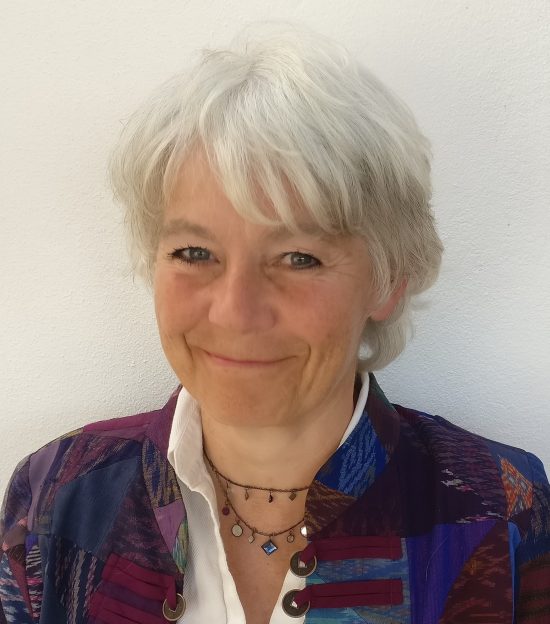
I became an independent midwife in the 1980s because I wanted to tell pregnant women that there was another way to give birth other than the ‘conveyor belt’ practices I’d experienced in a London hospital with my first son.
I use my skills to care for women from the start of pregnancy through to six weeks after birth
I’d noticed an increase in induction of labour, caesarean births, shortened stays in hospital and a lack of individualised attention from start to finish.
I was able to look after my own children while being on-call for pregnant women in my community throughout their maternity experience.
This gave me incredible satisfaction and helped me understand their needs and react fast to their concerns.
I also ran antenatal sessions and aquanatal classes for pregnant and postnatal women and trained as a homeopath as I’m interested in natural remedies.
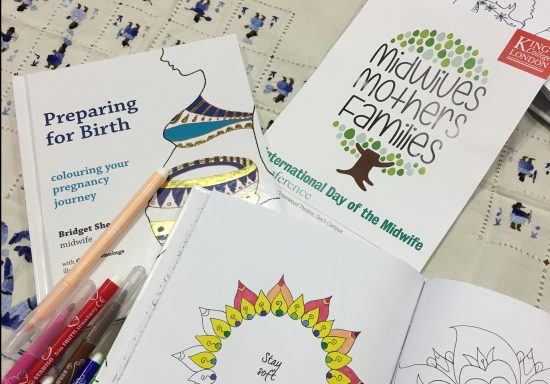
I was inspired to create this activity book because women wanted not just my medical expertise but practical advice that works before and after birth.
The body and mind do a lot of physical and mental preparation automatically in pregnancy, but there are ways to support the process.
Through detailed images for colouring-in, pregnant women can think about how to interpret the pictures, motivate themselves to prepare for birth and look after their new baby and also relieve stress.
Get your free copy!
We’re giving away five copies of Preparing for Birth: Colouring your Pregnancy Journey. Email us at
nctmatterseditor@nct.org.uk by 1 March and we’ll draw the winners at random.
I chose specific images to help motivate women – from those in early pregnancy to second-time mums who might want to do something differently in their next birth.
There are also images for mums who’ve just given birth that are about nurturing, security and confidence.
My book gives the power of preparation over to the mum-to-be so she can find her own way.
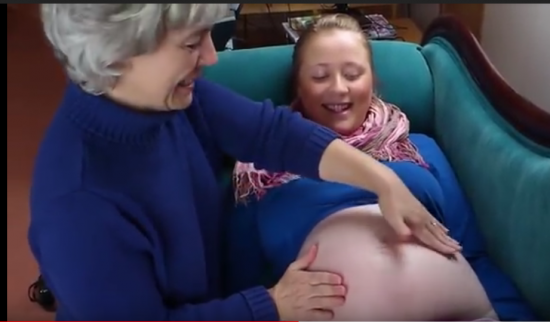
My first son was born in 1982 in hospital and it went well. I labelled the cot ‘breastfeeding, no bottles’, but a nursery nurse gave him cow’s milk. They apologised but it was too late and it caused huge painful problems for me as I became engorged with cracked nipples and felt miserable.
I had a home birth with my second son. I felt I could be in charge of what happened to me and my baby and the birth was as I wanted. It was this experience that led me to train as a midwife – to tell women that a home birth service can work well.
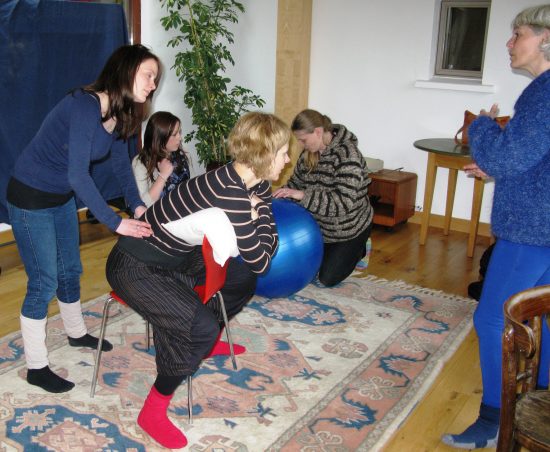
My third son came into the world three weeks early and I was already a midwife by then. I used the bath for the labour, as the cost of a pool was too high, before having him in my bedroom. He was back to back and it was less easy for me, but my midwife helped me. I did have some gas and air, but it ran out!
My fourth son was the biggest, nearly 10 years later, and I made sure that I had a pool for comfort. I had a water birth, in a rural setting that was an 80km journey by poor roads to the nearest hospital.
Obvious changes in attitudes to pregnancy can be seen in our clothes and fashion – a large pregnant belly was just not seen before. Breastfeeding in public was also uncommon.
Women are now called by their first name and informed consent is considered in all areas of interaction with parents-to-be.
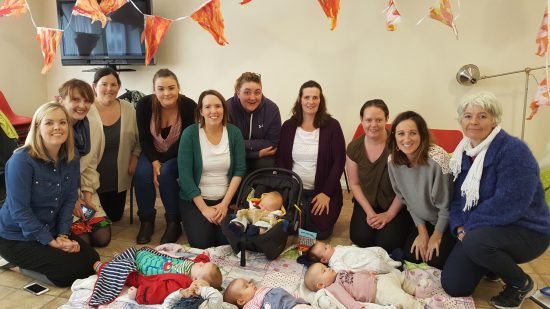
Dads come to antenatal classes and are welcomed in the birthing room.
Given the shortages of staff in our maternity services, this is so beneficial for giving support and comfort to mums-to-be.
Water births and home births are now embraced. And after the birth, babies are not taken off to the nursery but stay with mum.
There have been lots of positive changes. However, parents-to-be are sometimes not prepared for the intensity of birth or may have unrealistic expectations, such as not having any interventions, which doesn’t necessarily tally with the statistics.
Drink water to make sure you stay hydrated. Try to eat early on in labour so you have sustenance.
Remember you have all the resources you need to cope with the birth of your baby inside
You might want to think about things like dimmed lighting, bringing your own pillow case, a relaxing massage, soothing encouragement from your birth partner, a special image to focus on and warm baths or showers.
Listen to your body and do what it tells you, for example, move around.
When choosing your birth partner, make sure you have a person you trust to tell you the truth so that you can make good decisions even if you don’t like what’s happening.
Try to find calm through focussing on birthing your baby, no matter how he or she is born.
We’re here to help you prepare throughout pregnancy, birth and parenthood.
For practical and emotional support in all areas of pregnancy, birth and early parenthood including help with feeding call our helpline on 0300 330 0700 or click here.